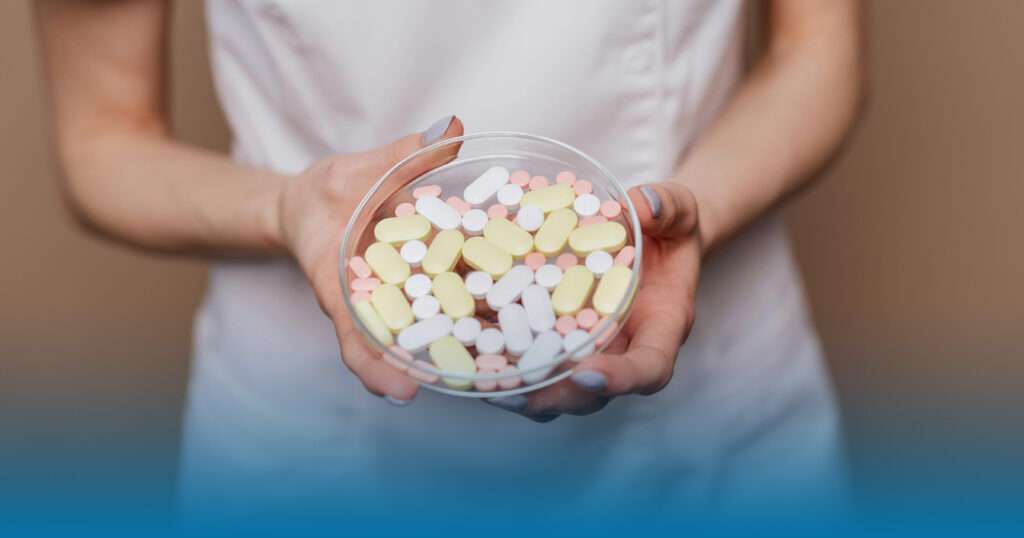Suppose you are taking a pill, fully aware or sometimes not aware that it contains no active ingredients and yet experiencing an improvement in your symptoms. While this may sound implausible, it illustrates the remarkable reality of the placebo effect an enduring phenomenon that has both puzzled and guided the medical community for centuries. In the context of clinical research, placebos are far more than mere “inert” treatments; they serve as critical scientific tools that enable researchers to distinguish the true therapeutic effects of new interventions from responses driven purely by expectation and belief. This article examines the fascinating history of placebos, the mechanisms underlying their effects, their indispensable role in clinical trials, the ethical considerations surrounding their use, and emerging insights that continue to challenge and expand our understanding of this complex phenomenon.
What is a Placebo?
A placebo is a substance or procedure that contains no active therapeutic components. It may come in a form of a sugar pill, saline injection or other inert treatments. These inert treatments can produce real changes in patients. Some studies suggest that a significant portion of prescriptions such as antibiotics given for viral infections or vitamins prescribed without a deficiency may have placebo-like effects when they offer no real therapeutic benefit for the condition being treated. This highlights how powerful the mind–body connection can be: believing in a treatment can sometimes help people feel better even if the medicine itself is inactive.
Placebo in Clinical Trials
Placebos play a crucial role in testing new treatments. In a placebo controlled trial, one group gets the experimental drug, and another receives an identical looking intertreatment. Scientists then compare outcomes: only if the drug group significantly outperforms the placebo group can we conclude the drug really works. Using placebos also allows double-blinding: neither patients nor researchers know who is getting the real drug. This drastically cuts down on bias, because expectations or subtle cues cannot sway the results. In fact, experts note that rigorous randomized trials (often using placebos) are considered the highest level of clinical evidence because blinding helps ensure objectivity
Some key benefits of using placebos in trials include:
- Control group baseline: A placebo group provides a baseline to compare against. If the experimental group does significantly better, it shows the drug’s genuine effect.
- Bias reduction: Placebos support double blinding, where neither the participant nor the researcher knows who is receiving the treatment, minimizing unconscious influence on outcomes. Quantifying true effect: The improvement seen in placebo recipients is due to expectation and natural recovery. By comparing to placebo, researchers isolate the drug-specific benefits from these other factors.
Thanks to these methods, placebo-controlled, double-blind trials remain the gold standard for proving that a new therapy really works.
The Placebo Effect in Action
Belief itself can cause physical changes. For example, expecting relief from a pill can soothe a patient’s anxiety and stress, actually lowering adrenaline and other stress hormones. Remarkably, this positive mindset can even trigger the brain to release endorphins – the body’s own painkillers – making symptoms feel better. In short, the brain can essentially bring about healing signals just from believing in a treatment.
These effects, however, tend to be modest. Large reviews have found only “mild to moderate” improvements from placebos, mostly for conditions like pain or nausea. To put it in perspective, about 30–40% of patients in placebo groups feel some improvement, but the majority see little change. This is why scientists reserve placebos for trials: they know that real drugs must beat the placebo benchmark to prove they work.
Ethical Considerations and Controversies
Using placebos comes with ethical trade-offs. Giving someone a placebo means they might miss out on proven therapy. Medical ethicists emphasize that placebo arms can only be used when withholding treatment poses minimal risk. For instance, it’s generally acceptable if no effective therapy exists for a condition or if skipping treatment involves only minor discomfort. According to the Declaration of Helsinki and AMA guidelines, placebo controls are acceptable when no proven therapy exists or when their use will not result in serious or irreversible harm.
General rules for ethical placebo use include:
- Necessary design: Placebos are only allowed when no other study design can answer the research question.
- Minimize risk: Trials should ensure that participants receiving a placebo are not exposed to significant or irreversible harm. Trials must minimize how long participants go without effective treatment and include plans to stop the study early if needed.
- Informed consent: Participants must be told they might receive a dummy treatment so they can opt out if uncomfortable.
Even outside ethics rules, placebos have drawbacks. The same power of expectation can backfire patients might get real side effects simply because they fear them. Known as the nocebo effect, this means headaches, nausea or rashes triggered by negative beliefs. Some critics also argue it’s unethical to deceive patients at all, and that outside of trials placebos have “little to contribute” to care.
Conclusion
Placebos are far more than just “sugar pills.” They are a cornerstone of clinical research, allowing doctors to distinguish real drug effects from the mind’s influence. One review summarizes it aptly, “the use of placebo in clinical trials is fundamental” to medical science. At the same time, they raise tough ethical questions about patient welfare. By balancing these factors – rigorous study design on one hand and patient safety on the other – medical science uses placebos to ensure that new treatments really do what they claim.
As researchers continue to explore how expectations influence outcomes, the placebo effect may inform not just clinical trials, but therapeutic practices rooted in mind–body science.
How DDReg Can Help?
At DDReg, our experienced team of medical writers supports pharmaceutical and biotech companies throughout the clinical trial process—from regulatory strategy and gap analysis to global compliance.
For further information, connect with our experts. Read more from the experts about Clinical Trial Information here: Navigating the New Requirements for Diversity in Clinical Trials

